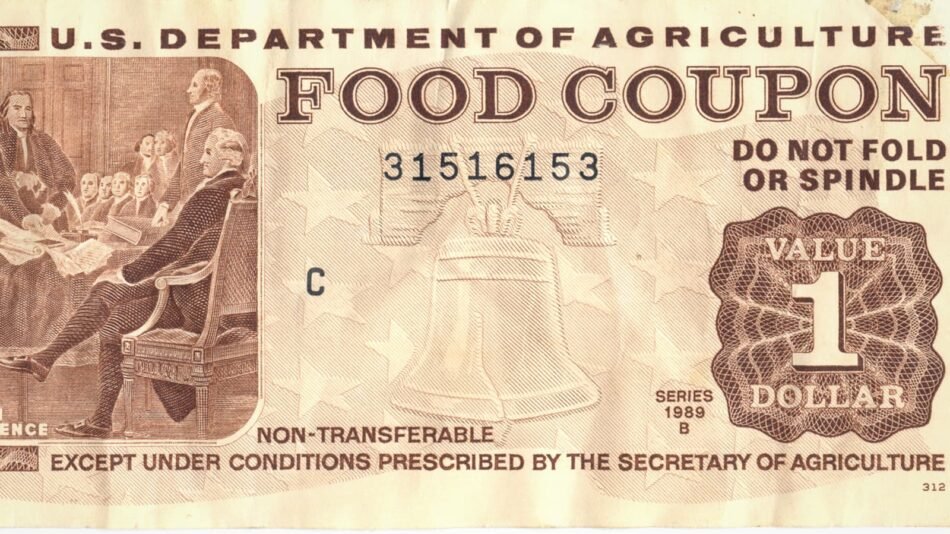The Food Stamp Program, officially known as the Supplemental Nutrition Assistance Program (SNAP), is a vital resource that helps millions of low-income individuals and families in the United States access nutritious food. Administered by the U.S. Department of Agriculture (USDA), the program aims to alleviate hunger and improve the overall health and well-being of vulnerable populations. In this article, we will provide a comprehensive guide to the Food Stamp Office in the USA, including information on eligibility, the application process, and determining benefit amounts.
Introduction to the Food Stamp Program
The Food Stamp Program, established in 1964, has undergone several changes and improvements over the years. It operates on a federal level but is implemented by state and local agencies across the country. The program provides eligible individuals and families with an electronic benefit transfer (EBT) card that can be used to purchase food items at authorized retailers, including grocery stores, supermarkets, and farmers’ markets.
Eligibility Criteria for Food Stamps
To be eligible for food stamps, individuals and families must meet certain criteria set by the USDA. The primary factors considered for eligibility include income, assets, citizenship or immigration status, and work requirements.
Income Requirements
Income limits vary based on household size and composition. Generally, households must have a gross income below 130% of the federal poverty level and a net income below 100% of the poverty level. However, certain deductions are allowed when calculating net income, such as housing and utility expenses, medical costs, and dependent care expenses.
Asset Limitations
The USDA sets limits on the value of assets that households can own and still qualify for food stamps. These limits exclude specific assets such as the primary residence, household items, and personal belongings. The asset limits differ for households with elderly or disabled members.
Citizenship or Immigration Status
To receive food stamps, individuals must be either U.S. citizens or qualified non-citizens. Qualified non-citizens include lawful permanent residents, refugees, asylees, and certain other immigration statuses. Undocumented immigrants are generally not eligible for food stamps.
Work Requirements
Most adults aged 18 to 49 who are able to work must meet work requirements to receive food stamps. These requirements include participating in a work program, such as job training or community service, or being employed for a specified number of hours per week. However, states have the flexibility to waive these requirements in areas with high unemployment rates or insufficient job opportunities.
Applying for Food Stamps
To apply for food stamps, individuals can do so online or in person at their local Food Stamp Office. The online application process provides convenience and privacy, allowing applicants to complete the necessary forms at their own pace. Alternatively, in-person applications allow for face-to-face assistance and the opportunity to ask questions.
Required Documentation
When applying for food stamps, applicants must provide certain documents to verify their eligibility. These documents may include identification proof, Social Security numbers, proof of income, proof of assets, and utility bills. The specific documentation requirements may vary by state, so it’s essential to check with the local Food Stamp Office for a comprehensive list.
Determining Benefit Amounts
The amount of benefits a household receives is determined by several factors, including income, household size, and allowable deductions. The USDA provides a standard deduction based on household size to account for general expenses. Additionally, deductions are allowed for medical expenses, dependent care costs, and shelter expenses beyond a certain threshold. The remaining income, known as the net income, is used to calculate the benefit amount based on the Maximum Allotment table provided by the USDA.
Conclusion
The Food Stamp Program plays a crucial role in ensuring that vulnerable individuals and families have access to nutritious food. The Food Stamp Office in the USA provides the necessary support and resources to help eligible individuals navigate the application process and receive the benefits they deserve. By understanding the eligibility criteria, application process, and benefit determination, individuals can take advantage of this vital program to improve their food security and overall well-being.
FAQs
1. Can I apply for food stamps if I am employed?
Yes, you can still be eligible for food stamps even if you are employed. The program takes into account your income, household size, and allowable deductions to determine your eligibility and benefit amount.
2. How long does it take to receive food stamps after applying?
The processing time for food stamp applications can vary depending on your state and the volume of applications. In general, the USDA requires states to process applications within 30 days, but expedited benefits may be available for those in urgent need.
3. Can college students receive food stamps?
College students may be eligible for food stamps if they meet the program’s eligibility criteria, including income and asset limitations. However, certain rules and exemptions apply to college students, so it’s recommended to consult with your local Food Stamp Office for specific guidance.
4. Can I use food stamps to buy non-food items?
No, food stamps can only be used to purchase eligible food items. Non-food items, such as household supplies, pet food, and alcohol, cannot be purchased with food stamps.
5. Can I transfer my food stamp benefits to someone else?
No, food stamp benefits are non-transferable. The benefits are intended for the eligible household to ensure access to nutritious food for its members.


